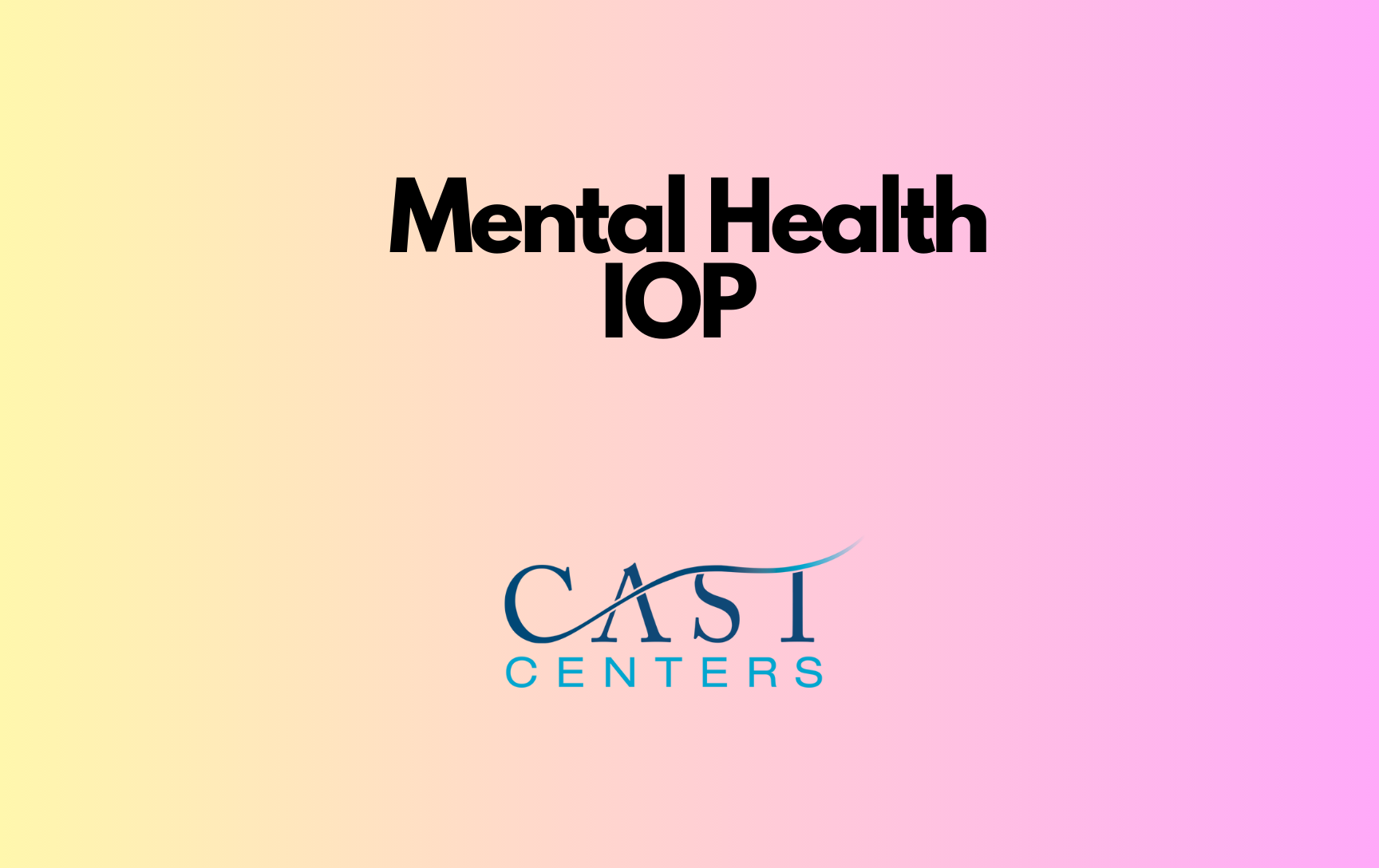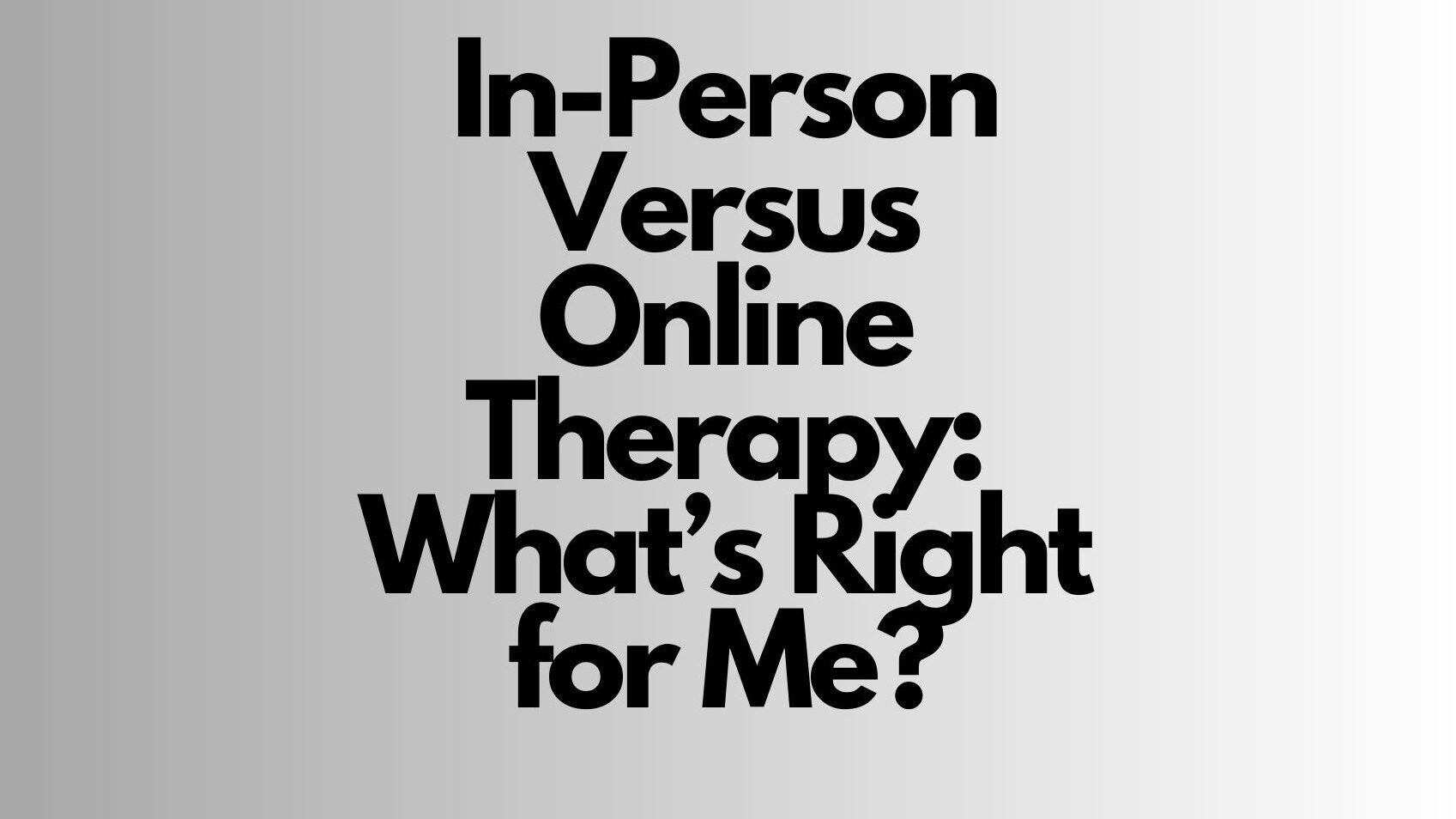3 Ways Physical Health Affects Mental Health
The relationship between physical health and mental health is a topic of importance in wellness and healthcare. It’s well-documented that the state of our physical health can have profound effects on our mental health, and understanding this connection is crucial for fostering overall well-being. Here are 3 ways physical health affects mental health: through chemical imbalances, the role of physical activity, and the influence of chronic conditions.
1. Chemical Balances and Imbalances
One of the most direct ways physical health affects mental health is through the chemical balances in our bodies. Neurotransmitters, the chemicals responsible for transmitting messages in the brain, play a pivotal role in regulating mood and emotions. Physical health conditions, such as hormonal imbalances or nutritional deficiencies, can disrupt the balance of neurotransmitters like serotonin, dopamine, and norepinephrine, leading to mental health issues such as depression and anxiety.
For example, a deficiency in vitamin D, often called the “sunshine vitamin,” has been linked to an increased risk of depression. Similarly, imbalances in thyroid hormones can lead to mood swings, depression, or anxiety. By addressing these physical health issues, whether through diet, supplements, or medication, individuals can often see a significant improvement in their mental health.
2. The Role of Physical Activity
Physical activity is another powerful link between physical health and mental health. Regular exercise is not only crucial for maintaining good physical health but also has profound benefits for mental health. Engaging in physical activity releases endorphins, sometimes referred to as “feel-good” hormones, which act as natural painkillers and mood elevators.
Beyond the biochemical effects, exercise also contributes to better mental health by improving sleep patterns, reducing levels of stress and anxiety, and enhancing self-esteem and cognitive function. Even moderate levels of exercise, such as walking or yoga, can have significant benefits for mental health, illustrating the importance of incorporating physical activity into our daily routines for both physical and mental well-being.
3. The Influence of Chronic Conditions
Living with chronic physical health conditions, such as heart disease, diabetes, or obesity, can have a profound impact on mental health. The stress of managing these conditions, along with the physical limitations they may impose, can lead to feelings of frustration, sadness, and isolation. Moreover, the pain and discomfort associated with many chronic conditions can exacerbate or trigger mental health issues such as depression and anxiety.
Conversely, improving physical health through management of these conditions can lead to better mental health outcomes. Effective management might include medication, physical therapy, lifestyle changes, and support from healthcare professionals and support groups. By addressing the physical aspects of these chronic conditions, individuals can often experience improvements in their mental health, highlighting the interconnectedness of physical and mental well-being.
The relationship between physical health and mental health is complex and multidimensional. Chemical imbalances, physical activity, and chronic conditions are just three of the ways in which our physical health can influence our mental state. Recognizing and addressing these connections is crucial for holistic health and well-being. By fostering a balanced approach that includes care for both the body and the mind, individuals can achieve a more harmonious state of health, leading to a happier, more fulfilling life.


















